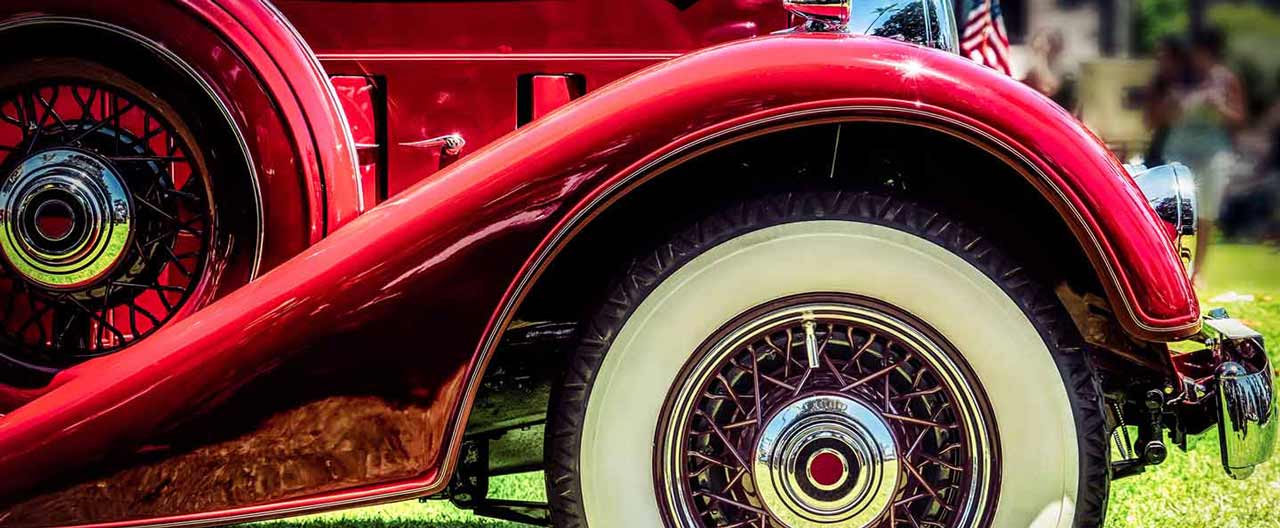- Individuals & Families
- Businesses
- Brokers

With winter on its way out, you may be ready for some spring cleaning.

Make sure you protect your classic cars from damage or additional wear and tear.

Keep your important papers and small valuables away from burglars, fire or natural disaster.

For over a hundred years, we’ve offered unparalleled stability and protection for small boats, yachts, luxury mega-yachts, and more.

Here are some things you can do to assist firefighters and minimize the damage to your home.

At their worst, disputes between professional service firms and their clients can lead to costly lawsuits.
The best storm preparation requires more than shopping for milk and eggs.
How to Prepare Before a Winter Storm
While storms can't always be predicted with 100% accuracy, most major winter storms can be forecast with enough notice so that shoppers can get their essentials. Don't wait until you see the first snowflake to begin preparing for a winter storm. Here are some ways to get started:
- Maintain an emergency supply kit that will sustain you and your family for a 72-hour period. This kit should include flashlights, a portable radio, extra batteries, nonperishable food, bottled water, cash, blankets, clothing and toiletries.
- Monitor radio or local television and radio stations for updates and about the storm and any school or office closings or Environment Canada announcements.
- Purchase rock salt or an environmentally safe alternative to melt ice on your driveway, porch and walkways.
- Have your snow shovels, snow blowers and other equipment ready. Purchase gas if you need it if for your blower.
- Stock up on firewood in case your heat goes off, and know where to find extra blankets.
- Have lanterns or candles ready in case the power goes off.
- Bring your pets indoors.
- Get your car ready by topping off your antifreeze, windshield washer fluid and gas.
- Have your furnace winterized and change filters.
- Have nonperishable foods on hand that don't require cooking.
What to Do During a Winter Storm
Remain calm during a winter storm. The more you plan ahead, the easier it is to stay safe. If possible, monitor Environment Canada public weather alerts or local television and radio stations for updates and evacuations. Follow these other steps to keep your family safe and your home protected during a winter storm:
- Stay indoors.
- Don't travel unless absolutely necessary.
- If you do go outdoors, wear plenty of layers and shoes or boots with traction. A hat will prevent you from losing body heat.
- Don't lift heavy snow. If you have to, lift with your legs, so you don't put too much strain on your back.
- If the power goes out, take the time to reconnect with your family by playing cards or board games or just talking to each other.
- Check on older loved ones or neighbors.
- Continue to monitor Environment Canada or local television and radio stations for updates about the storm and any school or office closings.
What to Do After a Winter Storm
Once the storm is over, wait for local authorities to indicate that it's safe to venture outdoors. Be sure to avoid roads that have not been plowed and be careful of black ice. Follow these other tips to stay safe following a winter storm:
- Avoid driving if possible, giving workers time to plow all roads.
- Stay indoors to avoid hypothermia. If you must go outdoors, dress in layers and wear shoes with traction as well as a hat and gloves.
- If you lost power and don't have heat for more than a few hours, try to go to the house of a neighbour or a local family member who may have a generator. If you need to drive, make sure you avoid any unplowed roads and watch out for black ice.
- If you’re a Chubb client and suffered damage due to a winter storm, click here to begin the claims process.
This information is advisory in nature. No liability is assumed by reason of the information in this document.
Visit the Catastrophe Centre
Just because an event is catastrophic doesn't mean its effects have to be.
